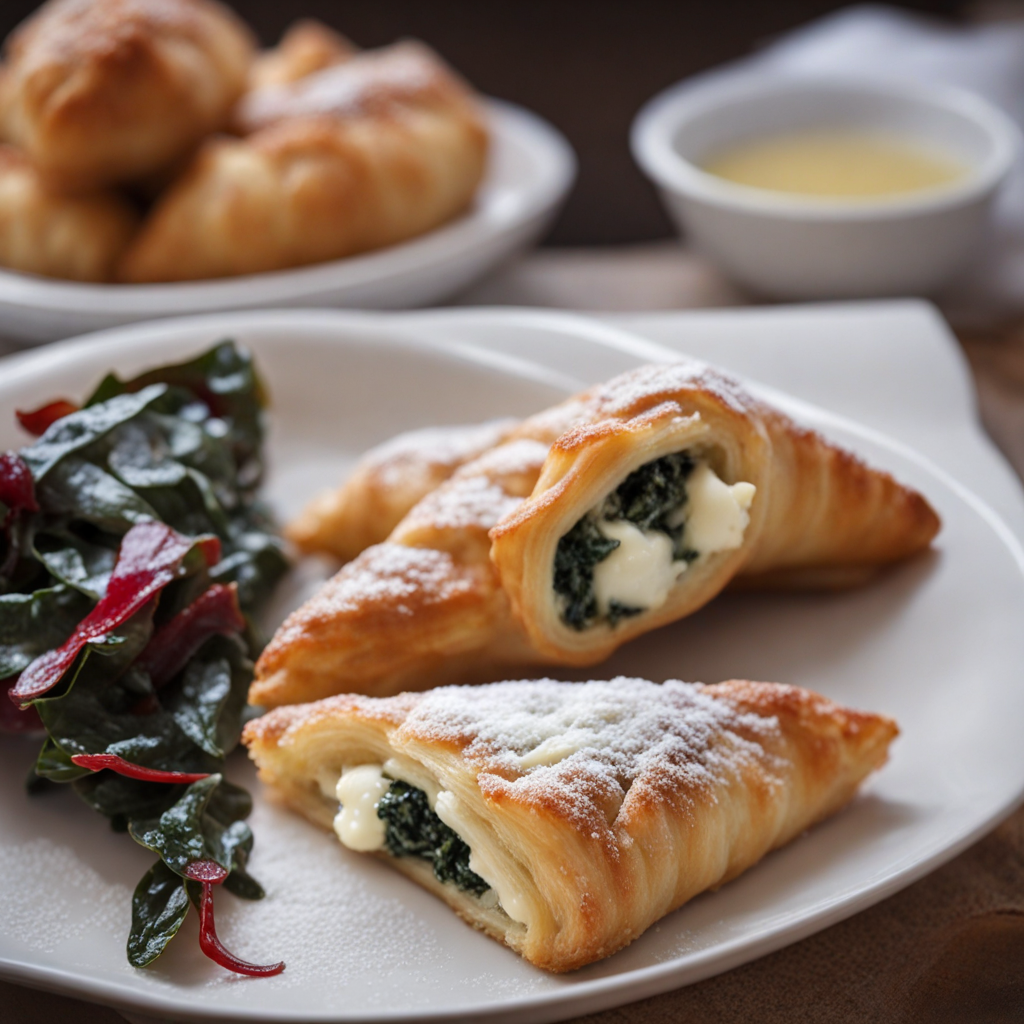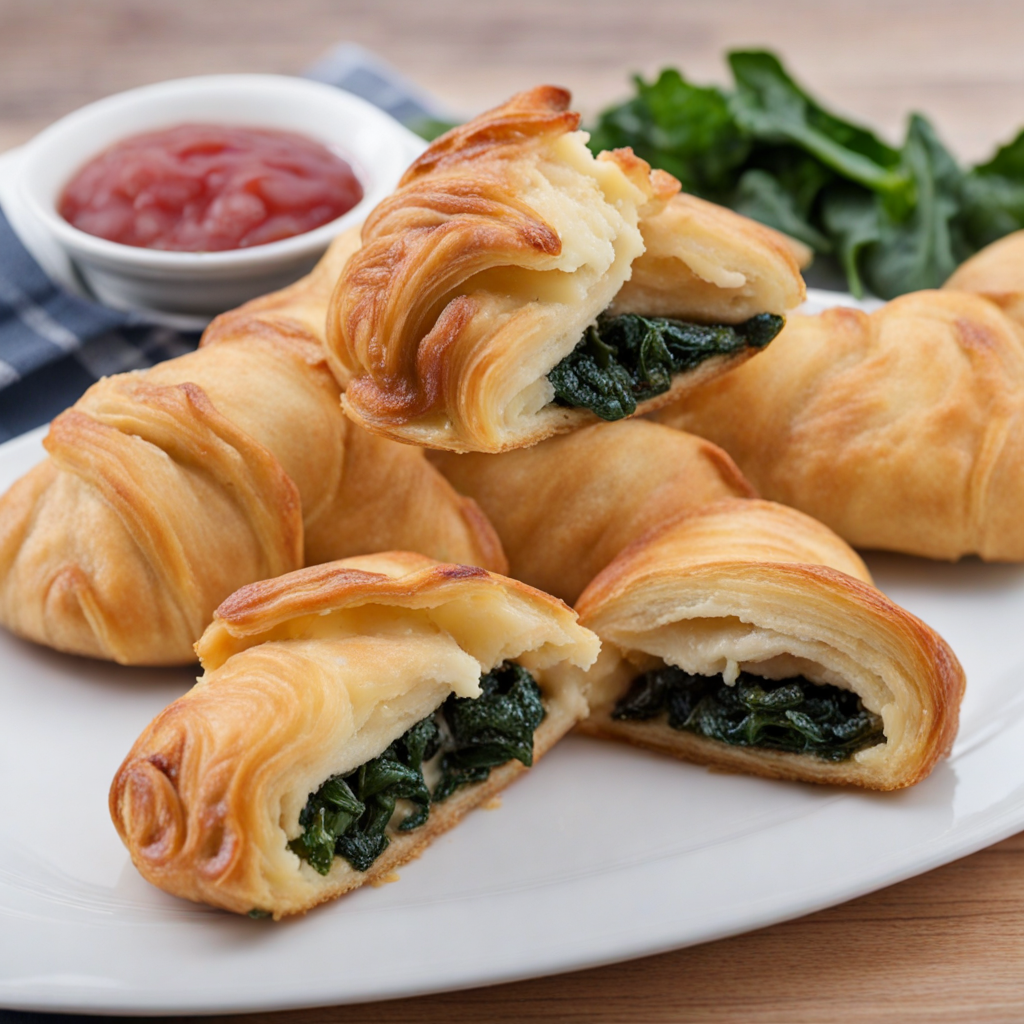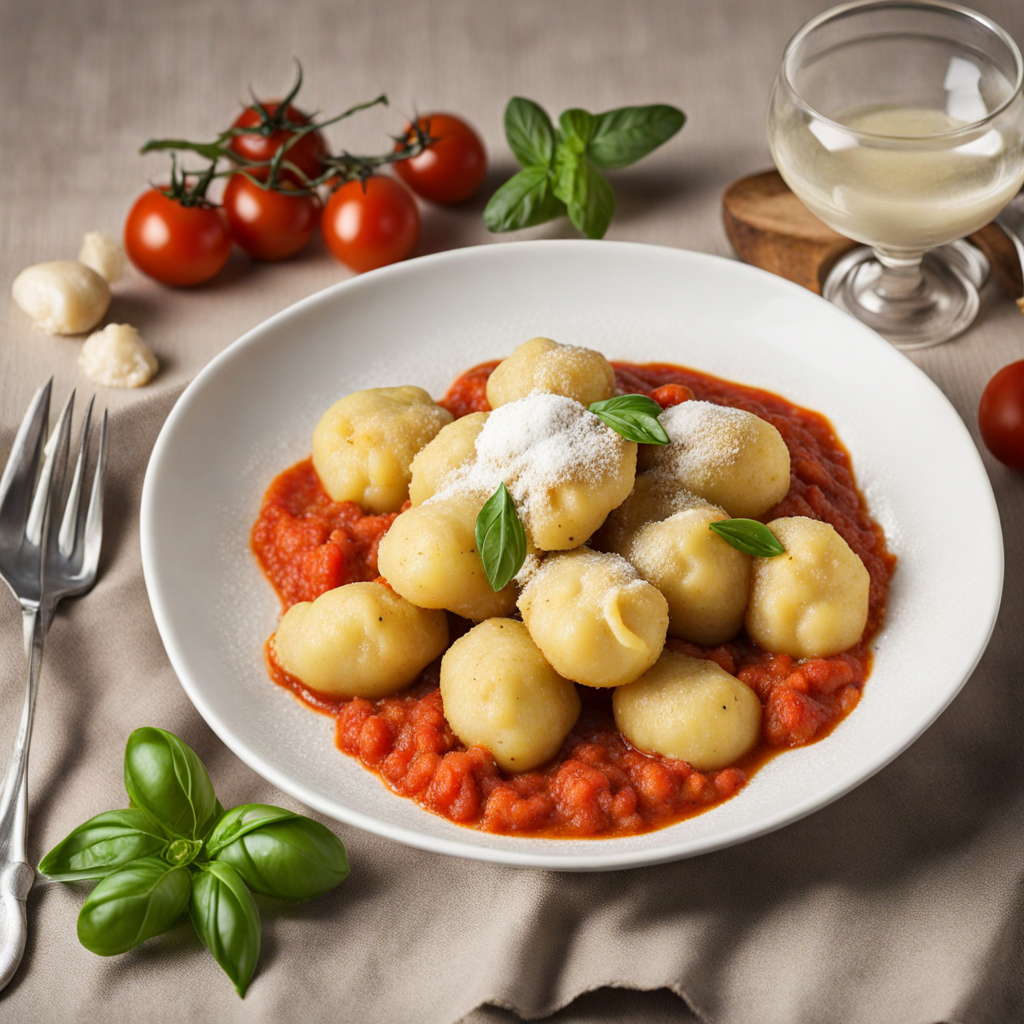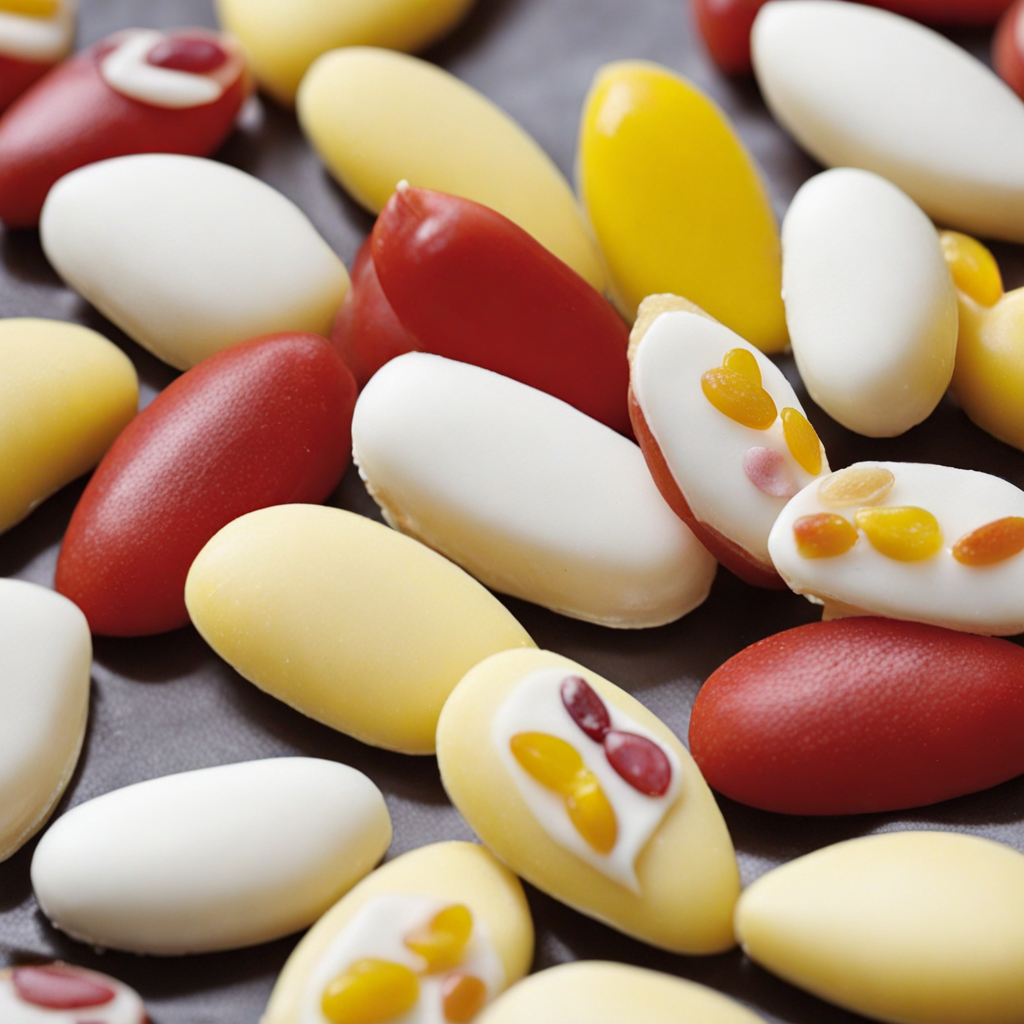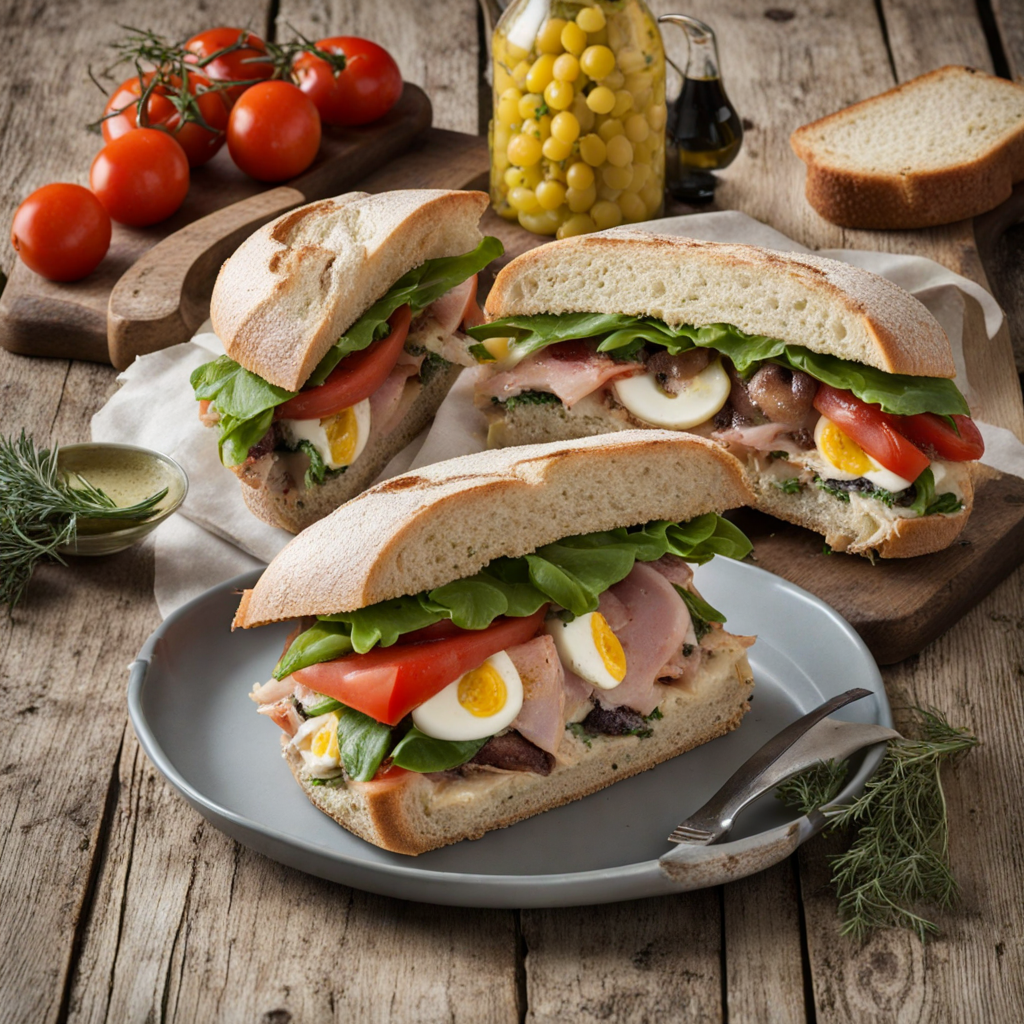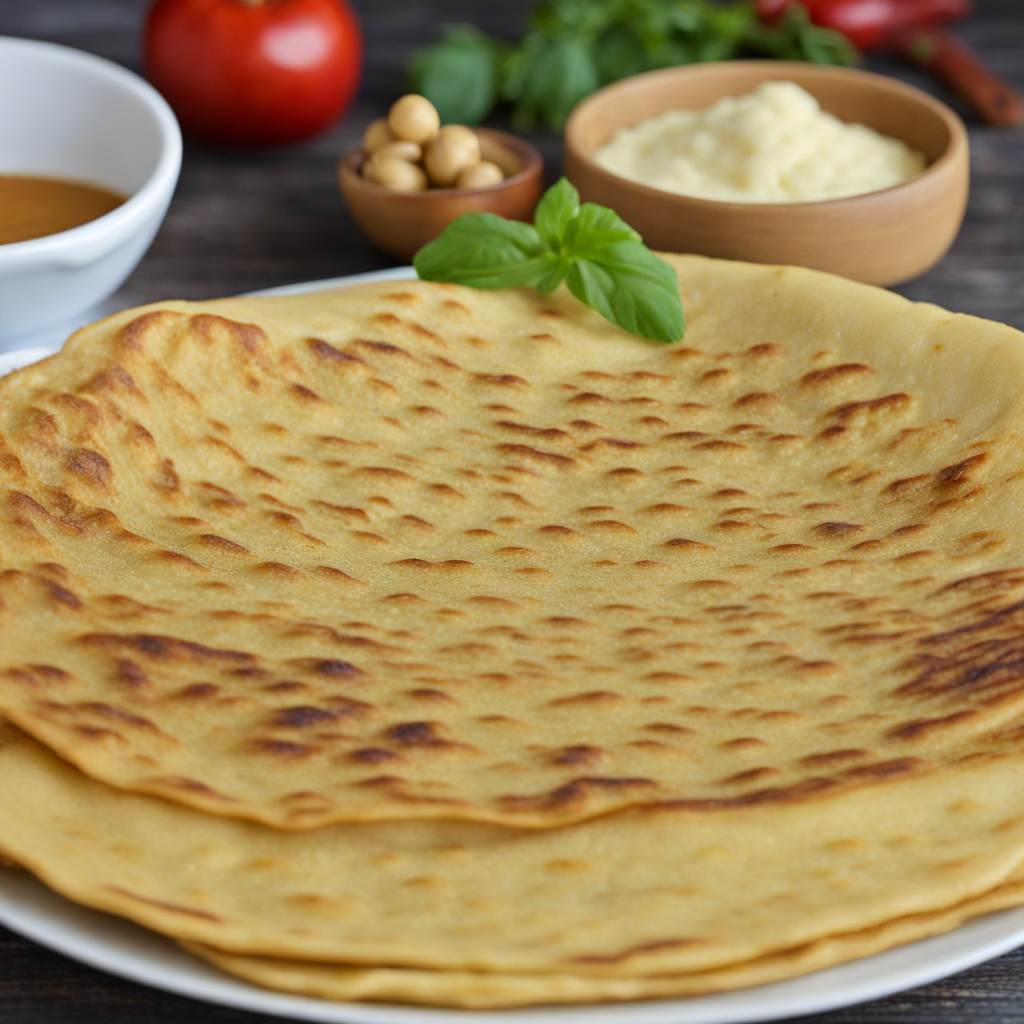Barbagiuan
Barbagiuan is a delightful culinary gem from the principality of Monaco, showcasing a unique blend of flavors and textures. This savory pastry is typically made with a thin, delicate dough that is enveloped around a rich filling. The traditional filling consists of a mixture of Swiss chard, ricotta cheese, and various herbs and spices, creating a harmonious balance of earthy and creamy notes. The combination of ingredients not only highlights the local produce but also reflects the Mediterranean influence that permeates Monegasque cuisine. Once filled, the dough is carefully folded and shaped into half-moon parcels, which are then either boiled or deep-fried to achieve a crispy exterior. The contrast between the crunchy outer layer and the soft, creamy filling makes each bite a delightful experience. Often served warm, Barbagiuan can be enjoyed as an appetizer or a snack, making it a versatile addition to any meal. Its popularity during festive occasions further cements its status as a beloved dish in Monaco. As you savor Barbagiuan, you'll find it embodies the rich culinary traditions of Monaco, combining simplicity with elegance. The dish is often accompanied by a light dipping sauce or enjoyed on its own, allowing the flavors to shine through. Whether you're discovering it at a local eatery or trying your hand at making it at home, Barbagiuan promises to transport your taste buds to the picturesque streets of Monaco, offering a delightful taste of its vibrant culture.
How It Became This Dish
Barbagiuan: A Culinary Jewel of Monaco Nestled along the sparkling shores of the Mediterranean, the tiny principality of Monaco is often associated with opulence, glamour, and high-stakes gambling. However, beneath the surface of its luxurious facade lies a rich culinary heritage, one of the most cherished components being the Barbagiuan. This savory pastry, filled with a medley of ingredients, has a history deeply intertwined with the cultural tapestry of Monaco, reflecting the principality's identity and evolution over the centuries. #### Origins of Barbagiuan The Barbagiuan traces its roots to the Ligurian region of Italy, particularly the coastal area of Genoa, from where it made its way to the nearby Principality of Monaco. The name "Barbagiuan" is believed to derive from the Genoese dialect, with "barba" meaning "beard," and "gian" referring to "Giovanni," a common name in the region. However, the term is often thought to refer to the shape of the pastry, which can resemble a bearded face. The dish’s origins are somewhat anecdotal, with various stories and legends surrounding its creation. One popular tale suggests that Barbagiuan was first made by a Monegasque family who needed a way to utilize leftover vegetables and cheeses. This practicality is a hallmark of many traditional dishes, reflecting the resourcefulness of local populations. As the dish evolved, the filling began to include a mix of ingredients, highlighting the agricultural bounty of the region. #### Cultural Significance Barbagiuan is more than just a delicious pastry; it represents a significant aspect of Monegasque culture and tradition. Traditionally, it is enjoyed during local festivals, particularly during the Feast of Saint Devote, the patron saint of Monaco. The festival, which takes place every January, sees the streets of Monaco filled with celebrations, processions, and, importantly, the sharing of Barbagiuan among friends and family. The pastry has also become a symbol of Monegasque identity, reflecting the principles of community and celebration. Its preparation often involves family gatherings, where the making of Barbagiuan becomes a communal activity. This aspect of sharing and togetherness is crucial in a region where the population is a melting pot of cultures and traditions, thanks to Monaco's history as a maritime trading hub. #### Ingredients and Preparation Traditionally, Barbagiuan is made with a dough that closely resembles that of a pastry or a dumpling. The filling typically consists of Swiss chard, ricotta cheese, and a mixture of herbs such as parsley and mint. Some variations may include other ingredients such as pumpkin, potato, or even meat. The fillings reflect the agricultural produce of the region, emphasizing the freshness and quality of local ingredients. The preparation of Barbagiuan involves rolling out the dough into thin circles, adding spoonfuls of the filling, and then folding the dough over to create a half-moon shape. The edges are crimped to seal in the filling, often with intricate designs that showcase the skill of the maker. Once assembled, the Barbagiuan can be either boiled or fried, with the latter method being the more popular choice for its crispy exterior. The dish is typically served hot and is often accompanied by a dipping sauce, such as a garlic-infused oil or a tangy tomato sauce, enhancing the overall flavor experience. Its versatility allows for adaptation, with contemporary chefs experimenting with various fillings and preparation methods, ensuring that Barbagiuan remains a dynamic component of Monegasque cuisine. #### Development Over Time As Monaco has evolved from a small fishing village to a bustling center of wealth and tourism, so too has the Barbagiuan. The dish has transitioned from humble beginnings to a staple of both street food and fine dining in the principality. In recent years, it has gained recognition beyond Monaco, captivating the taste buds of international visitors and food enthusiasts alike. Contemporary chefs in Monaco have embraced the Barbagiuan, celebrating its traditional roots while adding modern twists. Some have experimented with gourmet fillings, incorporating truffles, seafood, or exotic spices, elevating the pastry to new culinary heights. This evolution reflects a broader trend in which traditional dishes are reimagined for modern palates, while still honoring their historical significance. The rise of food tourism has also played a role in the Barbagiuan’s development. As Monaco attracts visitors from around the globe, the demand for authentic culinary experiences has increased. Food festivals and culinary tours often feature Barbagiuan, showcasing its importance in Monegasque culture and encouraging chefs to preserve the traditional methods of preparation. #### Conclusion Barbagiuan is a culinary emblem of Monaco, representing not only the region’s gastronomic traditions but also its rich cultural history. From its origins in the Ligurian region to its status as a beloved local specialty, the pastry embodies the spirit of Monaco—a blend of tradition and modernity, of community and celebration. As the principality continues to evolve, Barbagiuan remains a delicious reminder of its past, a dish that brings people together and invites them to savor the flavors of Monegasque heritage. In a world increasingly focused on globalization and fusion cuisine, Barbagiuan stands as a testament to the importance of preserving culinary traditions. It serves as a bridge connecting generations, a delicious morsel that encapsulates the essence of Monaco and its people. Thus, while the glittering casinos and luxury hotels may draw the eye, it is the humble Barbagiuan that nourishes the soul, embodying the warmth and hospitality of this unique Mediterranean jewel.
You may like
Discover local flavors from Monaco


